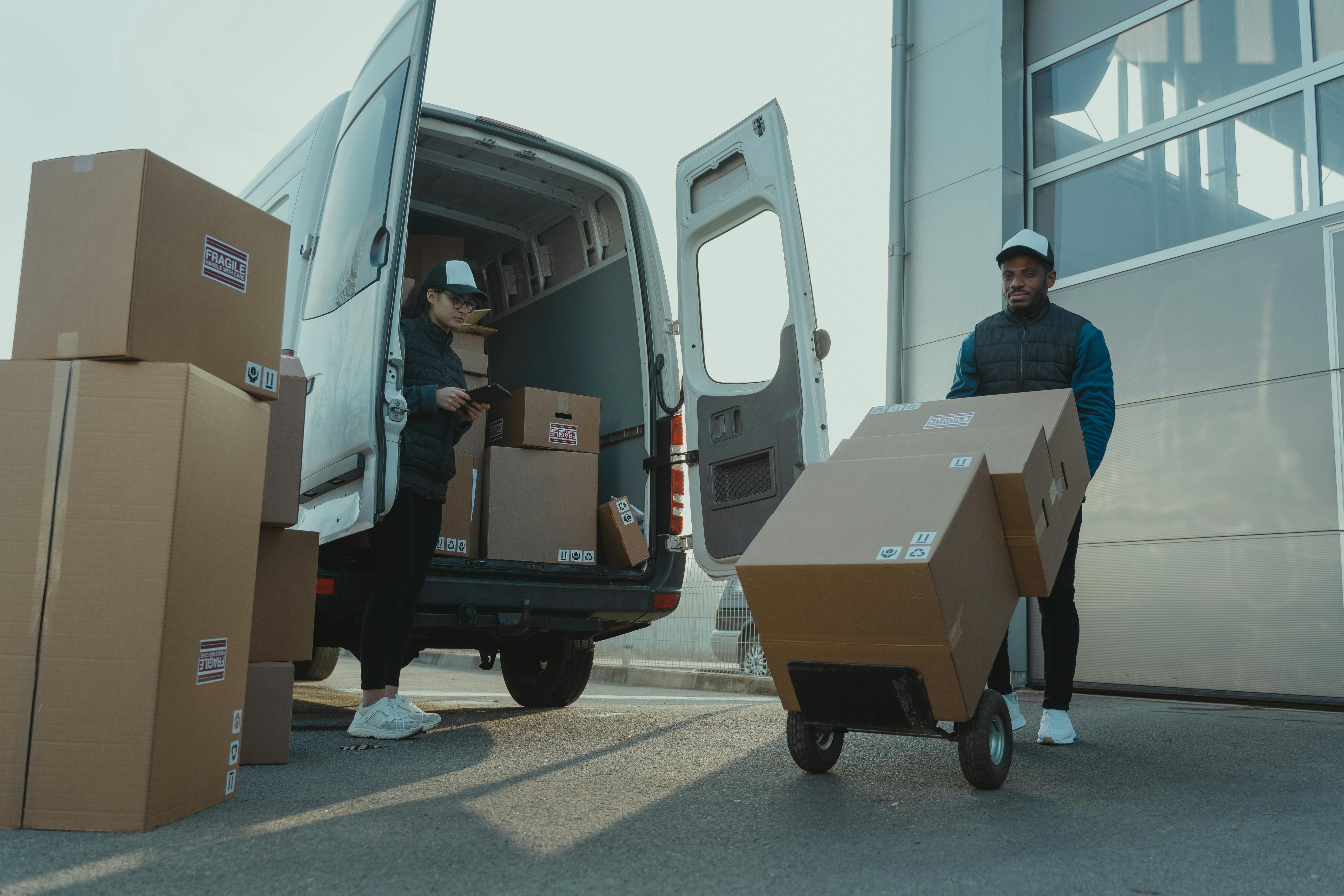Land, Air, and Sea Freight: Which One is For You?

Vessell PH . Follow
6 months ago

Several countries continue to rely on global trade to drive their respective economies. As such, global shipping operations have become one of the biggest industries in the world. While you may not necessarily have purchases shipped from overseas, the companies and manufacturers that make your products most likely do.
With ecommerce businesses on the rise, consumer demands continue to increase. This trend has pushed more businesses to find the fastest way to ship their products out. Luckily, freight forwarding options have become more accessible since they can now choose between land, air, and sea freight shipping.
So, how do you know which option is the one for your business? Here's an easy-to-understand explanation.
-
Land Freight
Land freight moves cargo on the road. You'll need road commercial vehicles like trucks, vans, trains, and even motorcycles to move your items. They can be combined with other shipping methods. The good thing about this method is it reaches the nooks and crannies of the map. Moreover, you—and your customers—can easily track them.
Land freights move cargo from point A to point B via connected roads. This method relies on motor vehicles like motorcycles, cars, trucks, and trains. It is also one of the fastest shipping options for deliveries within the same city or region.
However, this option can only access land, unable to cross oceans or other borders. They're also relatively smaller than other freights, so they can't carry a lot, and the delivery time depends on the traffic situation.
-
Air Freight
As the name suggests, air freights need some flying and a lot of fuel. And since air carriers must make several trips and refuel, expect to see this option to be on the pricier side.
On the upside, this shipment method reaches almost any place on earth. If you have ever ridden an airplane, you'd know how strict security can get—which is a good thing because there is less risk of theft and damage to the cargo. However, the difficulty in predicting weather conditions is an issue for air shipments that can lead to delays.
Many companies rely on air freights to distribute their products faster overseas. They typically use air carriers to transfer their shipments, but the process undergoes stricter security at terminals since there are limits on weight capacity.
-
Sea Freight
Sea freight is where literal "shipping" happens. Gigantic cargo ships must wade through the waters to move products to different places. This method is also the most economical shipment solution because it can accommodate many goods yet emit the least gas emissions. One may say they're the most environmentally friendly too.
Like air freights, they also depend on weather conditions, making them the slowest option. And some areas may not have ports to receive the cargo.
Transfer through sea freight is common to enterprises that ship large quantities of goods. They use sea vessels like large ships to cross international borders and better protect the cargo. But unlike the other two options, this method may have longer delivery times.
Final Thoughts
There is no better freight than the other by default. Each form is just made for various shipment purposes. As such, it's best to know your products and the customers' demands to pick the best one.
Learn more about the different shipping options available to businesses and how they can ensure cargo safety by using the infographic guide below.

